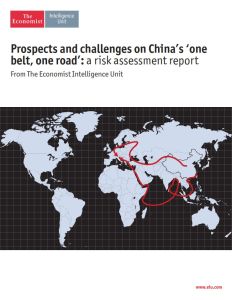
Read or listen offline
Recommendation
As China’s domestic growth rates slacken, the government is trying new models of economic development to keep growth and popular support alive. Chinese leaders want to capitalize on the country’s significant success in building its internal infrastructure over the last several decades by extending those achievements abroad. Its “one belt, one road” project is a state-led initiative that will encompass as many as 60 countries on three continents, thereby giving Chinese companies international outlets and extending China’s influence across the globe. getAbstract recommends this brief and easy-to-understand introduction from the Economist Intelligence Unit on the scope and risks of China’s financially and politically ambitious plan.
Take-Aways
About the Author
The Economist Intelligence Unit is an independent research and analysis organization.




















































































































Comment on this summary or 开始讨论